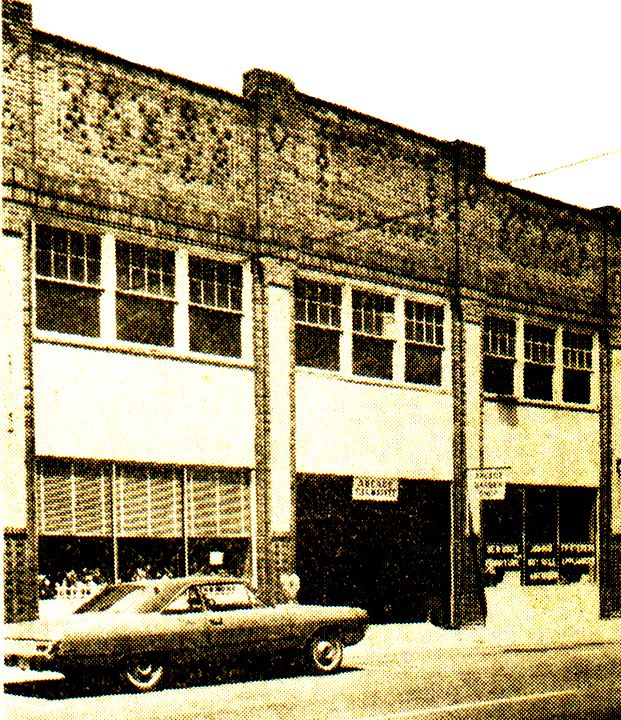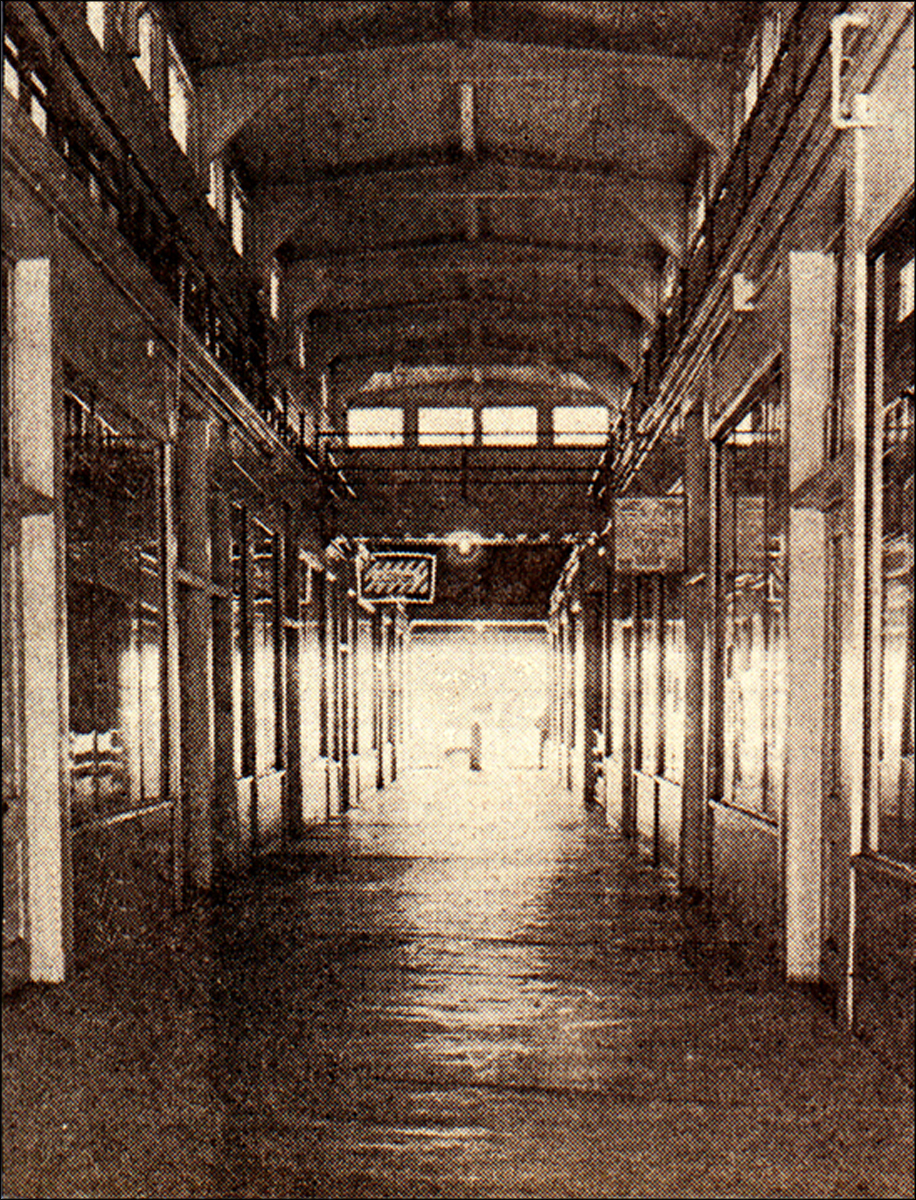Just prior to Johnson City’s two-story Arcade being demolished in 1985, I visited the 62-year-old dying structure to pay my final respects.
When construction of the city’s first indoor shopping mall began in 1923 at 133-135 W. Market Street, there was a smorgasbord of sounds in the air: the “whooo whooo” of steam locomotives, “clang clang” of trolleys, “ooogah ooogah” of Model T Fords, and even an occasional “nei-ei-ei-eigh from a horse.
The Arcade consisted of two parallel rows of small specialty shops, separated by a long convenient viaduct that ran perpendicular from Market to Main streets. Vintage businesses in the 19 bottom floor units once included: The Blue Ridge Coffee Company, Tennessee Washing Machine Company, National Cash Register Company, Bessie’s Place Restaurant, Shell Realty Company, Arcade Newsstand, Arcade Music Shop, Long Seafood Market, Ocean Café, Cameron Jewelers, Bower Brothers Auctioneers, Alabama Novelty House, Time Shop, Trading Post, and many others.

The Exterior of the Arcade Looking from the South Entrance (Main Street Side)
The 16 upper floor spaces, accessible by a beautiful wide marble staircase, attracted attorneys, doctors, accountants, notary publics, private detectives, chiropractors, contractors, optometrists, and justices of the peace. That afternoon, as I traversed the long corridor between the north and south entrances, I became dismayed at how much the facility had deteriorated over time. Most units were closed and locked with an accumulation of debris, fallen ceiling tiles, and thick dust covering the darkened musty premises.
In my mind’s eye, I began to visual the old structure as I remembered it. I saw and heard the merriment of eager hurrying shoppers. I plunked a penny into the old pedestrian weigh scale at the south entrance that once greeted customers. I stood and looked in the door of the Arcade Confectionery, the longest operating store in the mall, observing Mildred Wexler as she busily performing her duties. I purchased a cold watermelon, after first plugging and tasting it, from a produce shop along the northeast end. As I approached the west side of the north entrance, my coin collecting days flashed before me; there stood Archie Blevins and W.I. Vines behind their spacious display counter attending to a numismatic customer.

The Interior of the Arcade Looking from the South (Main Street Side)
Those hanging on during the Arcade’s waning years included the Rustic Attic, Jerry’s Bargain Center, Stewart’s Used Clothing, Arcade Barbershop, Tri-State Antiques, Elegant Emporium, Bud’s Gyp Joint, Sam’s Used Furniture, and the Free Saints Independent Mission Church. The Arcade’s death was a slow painful one. The occupancy rate of the upper floors began to decline substantially in the late 1950s, followed by a similar decrease in the lower floors by the late 1960s.
Within ten years, the building had essentially become a sparsely attended low-budget flea market. As I sadly departed the Arcade for my final time, I looked back at a sign posted in one of the windows that seemed to say it all: “Our Last Sale – Grab it.” Those prophetic words soon became a reality; the once unique Arcade was no more.
